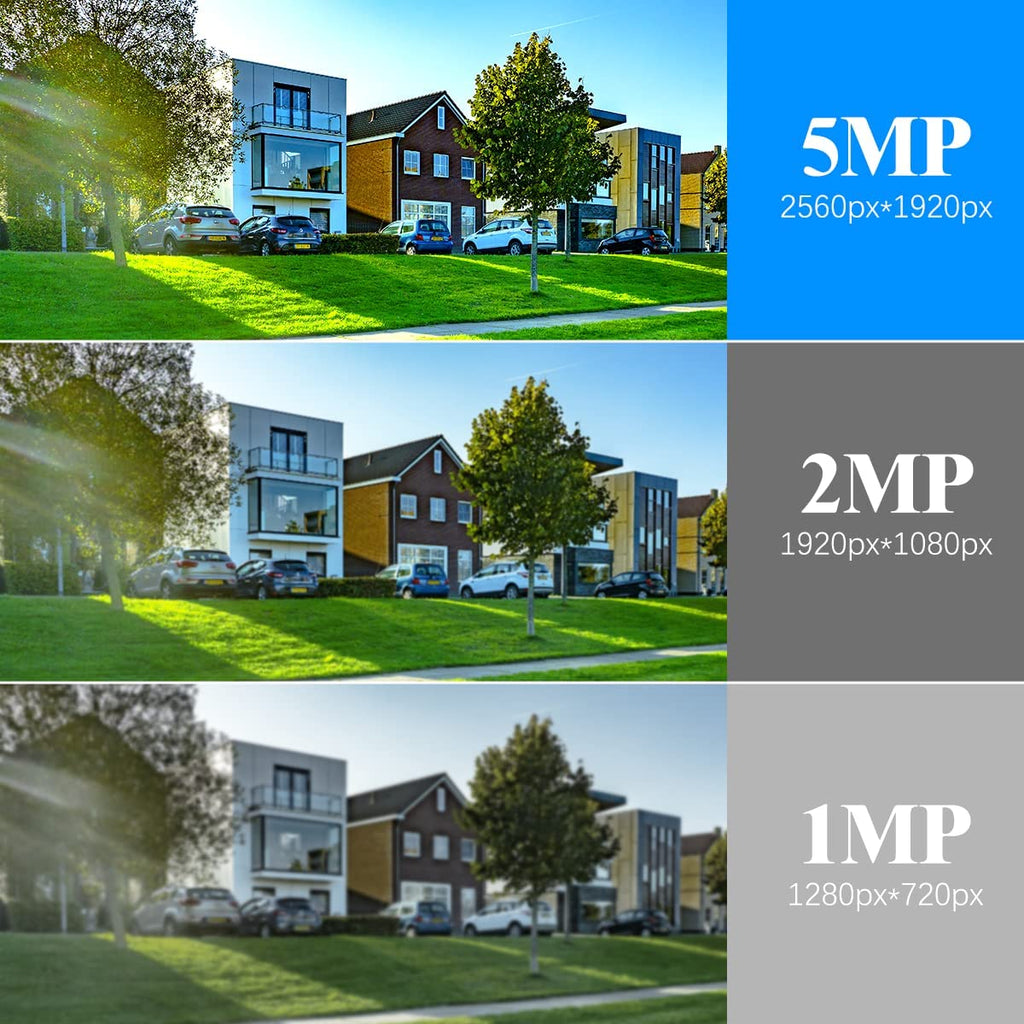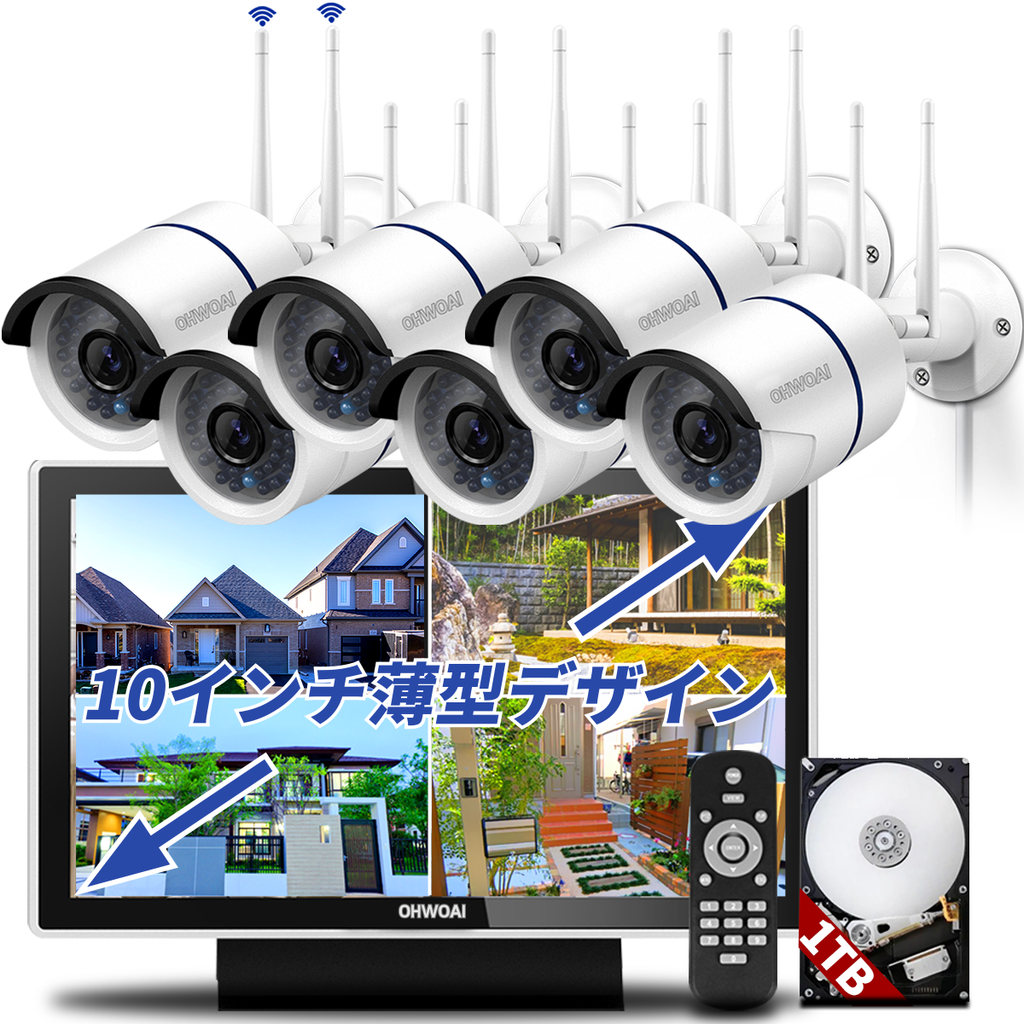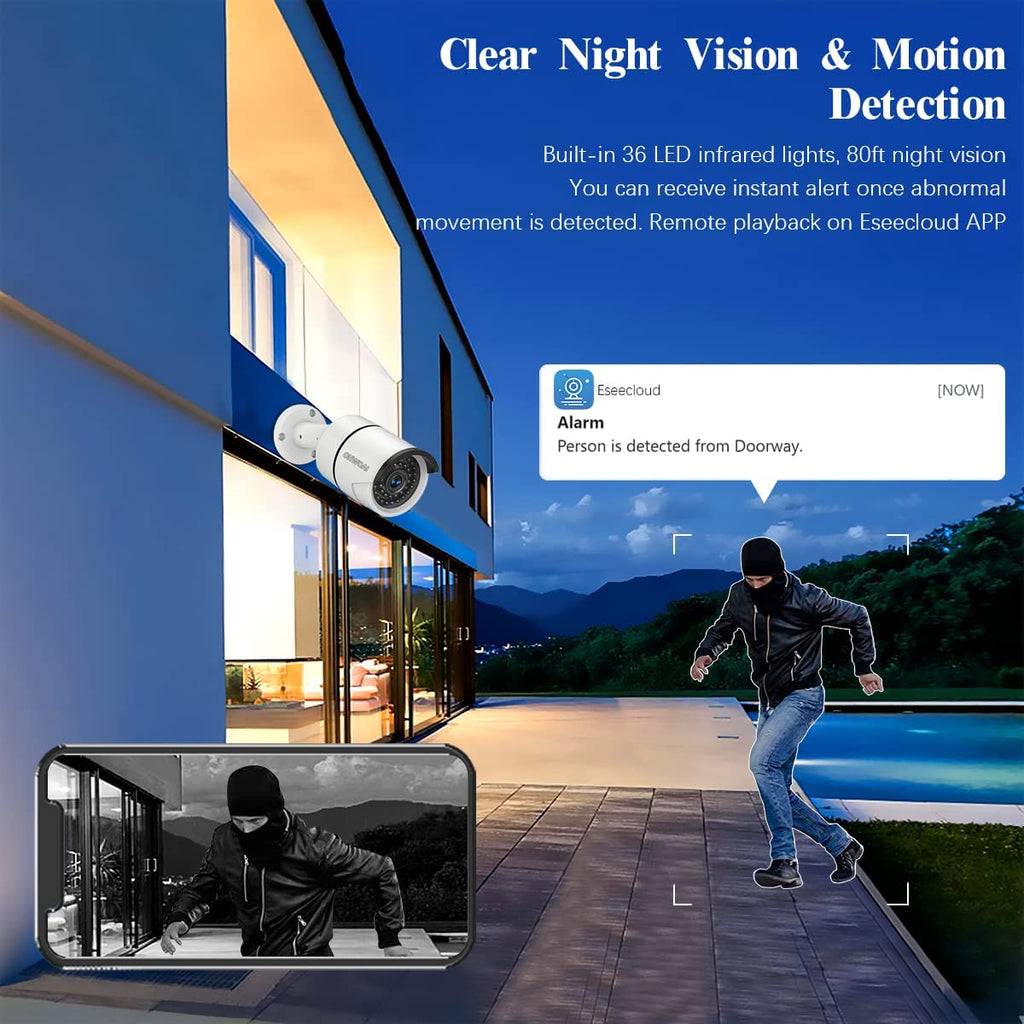-
Power Consumption of Home Security Wireless Camera Systems: An Analysis from OHWOAI's Perspective
Introduction In the realm of home security, the advent of wireless camera systems has brought about significant advancements, enabling homeowners to keep a vigilant eye on their property without the hassle of complicated installations. These modern marvels offer convenience, flexibility, and peace of mind. A key concern for prospective buyers, however, is the potential power consumption of these devices. In this article, we will delve into the power consumption of home security wireless camera systems, focusing on OHWOAI's brand, while addressing various aspects such as daily energy usage, specific camera models, and cost implications. ... -
Essential Guide to Installing Surveillance Cameras
Welcome to OHWOAI, a professional brand specializing in surveillance equipment. We take pride in presenting the key points for installing surveillance cameras. In today's world, security is of paramount importance for both homes and businesses. That's why we offer a wide range of advanced DVR products, including DVR for security cameras, 8 channel DVR, security DVR, to provide you with comprehensive and efficient surveillance solutions. Choose the Suitable Surveillance System Acquisition Mode When installing a surveillance system, the first step is to decide on the acquisition mode. At OHWOAI, we offer multiple options. Whether... -
Troubleshooting and Maintenance of Surveillance Systems
The realm of security surveillance systems might seem complex to many. While some prefer to entrust such matters to professionals, there are those who possess a knack for hands-on solutions and seek to troubleshoot and repair their systems themselves. Understanding a few fundamental principles can empower individuals to effectively diagnose and repair security surveillance system issues. Just as traditional Chinese medicine relies on inspection, listening, questioning, and palpation, surveillance system maintenance also has its secrets. **Inspection and Identification of Issues:** Begin by identifying the source of the problem within the surveillance system. During the...












